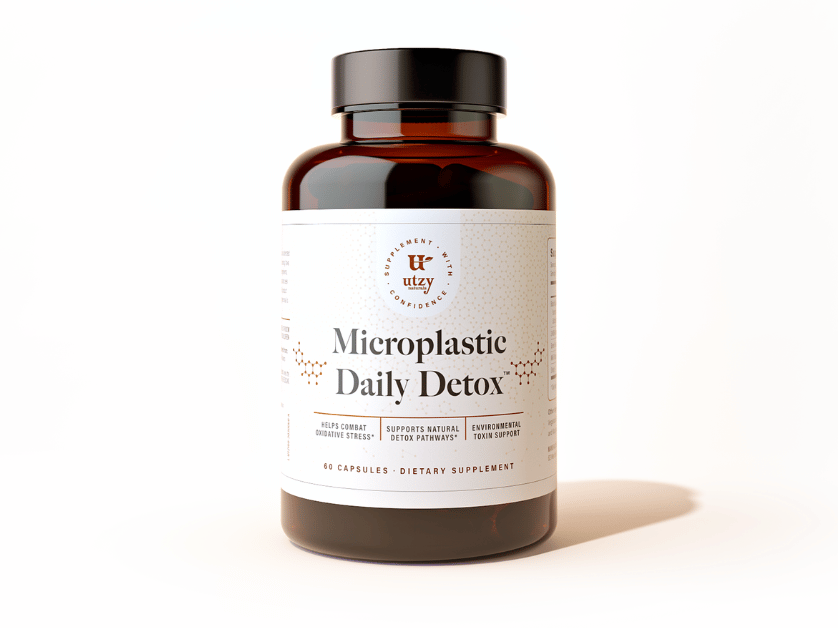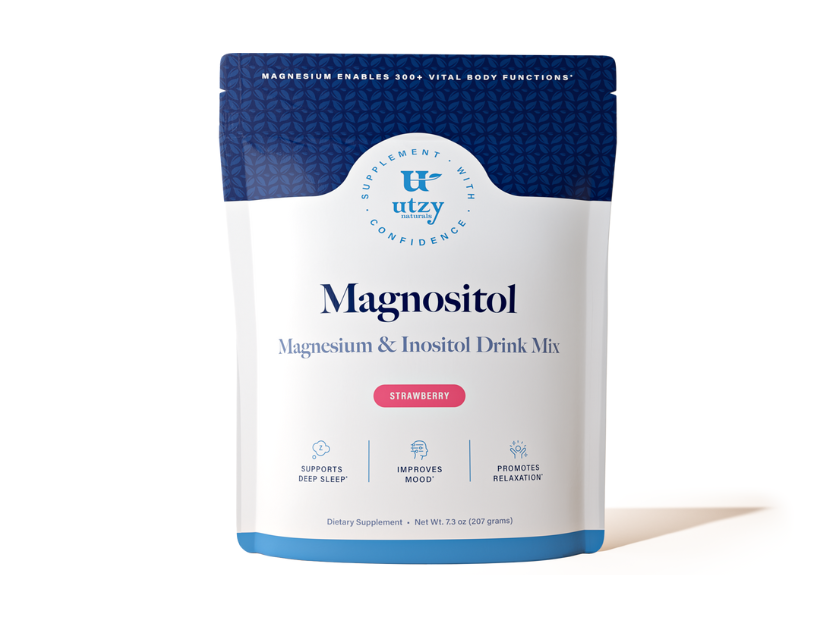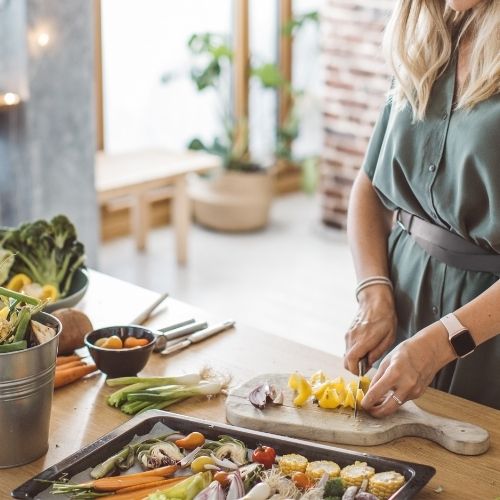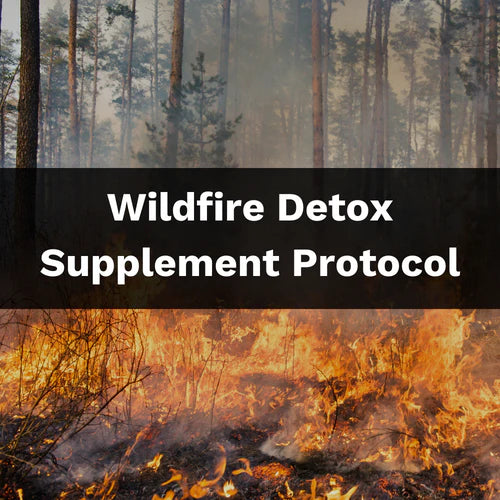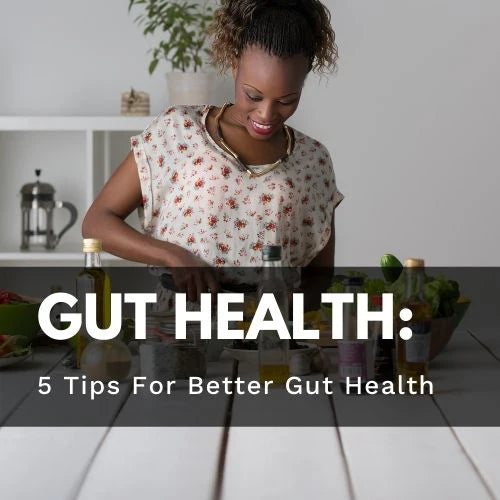shop
learn
Microplastics vs Plasticizers: What’s the Difference and Why You Should Care
August 14, 2025 3 min read
Plastic is everywhere in modern life. It’s in our packaging, our clothes, our food storage, and even in the devices we use every day.
But when it comes to the “plastic problem,” not all issues are the same.
Two of the biggest concerns you’ll hear about are microplastics and plasticizers. While they’re related, they’re not the same — and knowing the difference matters for understanding both environmental impact and how they might affect your health.

What Are Microplastics?
Microplastics are tiny solid fragments of plastic less than 5 millimeters in size. Some are visible to the naked eye, like colorful specks in sand or water, while others are only detectable under a microscope.
They come from:
-
The breakdown of larger plastic items like bottles, bags, and packaging
-
Synthetic fibers shed from fabrics during washing
-
Wear-and-tear from car tires
-
Food and drink packaging that sheds particles over time
Microplastics can enter the body through food, water, and even the air we breathe. Once inside, their small size allows them to move through the body and, in some cases, accumulate in tissues.
What Are Plasticizers?
Plasticizers are not solid particles at all — they’re chemical compounds added to plastics to make them flexible, durable, or easier to work with. Common examples include phthalates and bisphenol A (BPA).
Plasticizers are found in:
-
PVC products like shower curtains and vinyl flooring
-
Food packaging and plastic wrap
-
Water bottles and sports drink containers
-
Cosmetic and personal care product packaging
Unlike microplastics, which are physical pieces, plasticizers are chemicals that can leach out of the products they’re in. They can enter the body through food and drink stored in plastic, through skin contact, or even by inhaling dust that contains these compounds.
Key Differences Between Microplastics and Plasticizers
There are many key differences between microplastics and plasticizers. Below is a brief overview.
Nature
-
Microplastics: Solid plastic fragments.
-
Plasticizers: Liquid or chemical additives in plastics.
How They’re Created
-
Microplastics: Formed when larger plastic items break down or are manufactured as small particles.
-
Plasticizers: Intentionally added to plastics during production to change their properties.
Pathways in the Body
-
Microplastics: May lodge in tissues, trigger immune responses, and interact physically with cells.
-
Plasticizers: May interact chemically with the body and influence hormone signaling or other regulatory processes.
Persistence
-
Microplastics: Can remain in the environment for decades or longer.
-
Plasticizers: May degrade more quickly but are widespread and can continually leach from products.
Potential Health Considerations
While the science is still developing, here’s what current research suggests:
-
Microplastics may contribute to oxidative stress, imbalances in the body’s inflammatory responses, changes to gut microbiome balance, and movement into sensitive tissues.
-
Plasticizers may interfere with hormone signaling, influence metabolic processes, and affect the body’s natural regulatory systems.
These effects can depend on exposure level, duration, and the type of particle or chemical.
Environmental Impact
Microplastics and plasticizers both pose environmental challenges, but in different ways. Microplastics can accumulate in oceans, rivers, and soil, eventually becoming part of the food chain. Plasticizers can leach into water systems, where they may affect aquatic life and contaminate drinking water sources.
How to Reduce Your Exposure
For Microplastics:
-
Use a high-quality water filter
-
Avoid heating food in plastic containers
-
Rinse produce and rice before eating or cooking
-
Choose natural fiber clothing when possible
-
Limit single-use plastics
For Plasticizers:
-
Store food and drinks in glass or stainless steel
-
Avoid microwaving plastic containers
-
Choose BPA- and phthalate-free products
-
Reduce use of PVC-based items
-
Dust and vacuum regularly to reduce indoor residue
Supporting Your Body’s Natural Defenses
Even with the best prevention habits, some level of exposure to both microplastics and plasticizers is inevitable. That’s why it’s important to keep your body’s detoxification systems healthy.
A balanced diet rich in antioxidants, good hydration, regular movement, and quality sleep all help your body process and eliminate environmental pollutants. For those who want extra support, targeted nutrients and botanicals can play a role.
After more than a year of development, we created Microplastic Daily Detox, a daily supplement that contains:
- Black Kale – Activates your body’s Nrf2 detox pathway*
- Hobamine™ – Helps neutralize oxidative byproducts*
- Green Tea Extract – Supports healthy inflammation markers*
- Purified Shilajit – A mineral-rich adaptogen for cellular resilience*
- Milk Thistle – A traditional herb for liver support*
It is designed to help your body process and eliminate circulating microplastics so you can fight back against what you can’t see.
Learn more about Microplastic Daily Detox →

Dan Powers is the founder of Utzy Naturals, where he creates supplements to help people feel their best in today’s toxic, modern world. He’s passionate about simple, practical ways to live healthier and loves spending time with his family, gardening, and cooking.
Leave a comment
Comments will be approved before showing up.
Also in Health
Subscribe
Sign up to get the latest on sales, new releases and more …
Join the Utzy Naturals Club!
Sign up and get the latest on sales, new releases, and more...

